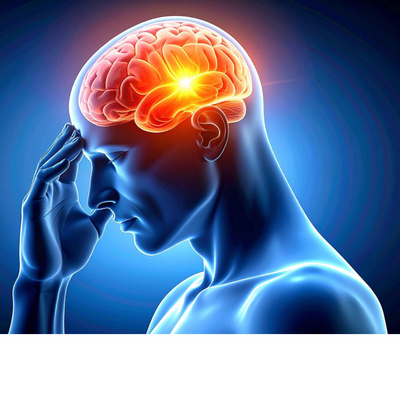Articles
The night is meant for rest and recovery — but for some, it becomes a silent test for the heart. While most people sleep peacefully, a few experience sudden palpitations, skipped beats, or even dangerous rhythm disturbances. Known as nocturnal arrhythmias, these episodes can occur in both healthy and heart-diseased individuals. Understanding why they happen, who is at risk, and how to prevent them can make all the difference between a restful night and a restless one.
Read MoreEvery human body speaks — not in words, but in sensations, rhythms, and changes. When you feel discomfort, fatigue, or unusual pain, your body is communicating. Patient empowerment means learning to listen to these signs and responding wisely. It is not self-diagnosis; it is self-awareness. When patients understand their symptoms, they bridge the gap between fear and knowledge — and that is where healing truly begins.
Read MoreHeadache is among the most common human experiences—almost every person encounters it at some point in life. Yet, not all headaches are harmless. While most stem from stress, dehydration, or minor illnesses, others can signal serious underlying disorders such as hypertension, brain tumors, meningitis, or vascular events. Understanding the pattern, location, duration, and associated symptoms helps distinguish the benign from the dangerous.
Read MorePreventive medicine is not about adding years to your life—it is about adding life to your years. Among the simplest and most powerful preventive tools available to us is daily walking. An hour of consistent walking reshapes the cardiovascular system more profoundly than most people realize.
Read MoreDisease rarely appears without warning. The human body is engineered with a remarkable alarm system—subtle signals, changes, and symptoms that appear before a condition becomes dangerous. Yet most people ignore them, normalize them, or wait for them to disappear. As physicians, we see patients only when the body’s alarms become too loud to overlook. This avoidable delay turns simple conditions into complicated diseases.
Read More



